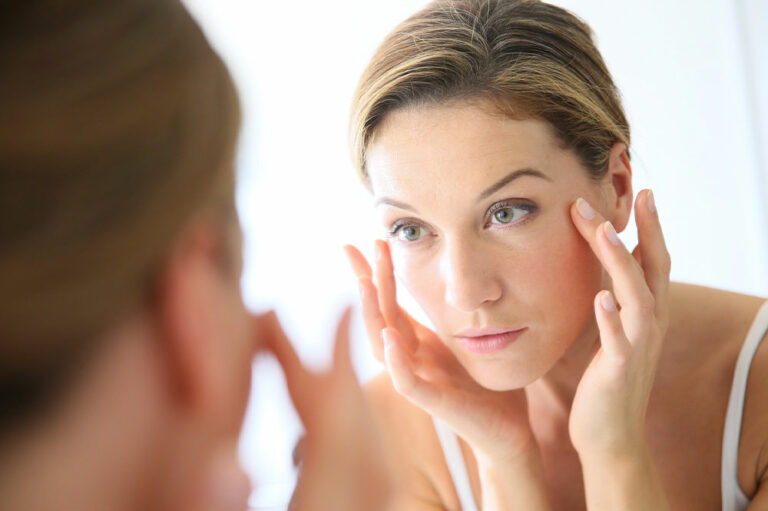
health
4 crucial vitamins that protect and improve vision
Food is fuel for the body, and many studies have proved that certain superfoods are beneficial to include in the long run to promote daily healthy body functions. For example, eating carrots and other foods rich in beta carotene and vitamin A have been linked to better eye health. Here is a comprehensive list of suggested top vitamins and nutrients that promote better vision and eye health for children and adults. Vitamin A Vitamin A, one of the essential vitamins for eye health, can be found in carrots, red peppers, sweet potatoes, and even pumpkins. These foods can be incorporated regularly to help prevent vision complications like night blindness. Studies also show that vitamin A improves visibility in low lighting conditions. Most fruits and vegetables also contain an essential compound called beta carotene. The body converts the beta carotene from plant-based foods into vitamin A, and enables the retina to make more pigments, promoting better vision. Apart from beta carotene, lutein and zeaxanthin are excellent alternatives in carotenoids. Nutritionists suggest a recommended allowance of 700 to 900 micrograms for women and men. Vitamin E Vitamin E is a powerful antioxidant that helps the body combat harmful free radicals that cause cell damage. Research suggests free radicals can also damage the healthy cells in the eye and compromise vision in the long run. Foods like asparagus, soybean, corn, peanuts, sunflower seeds, almonds, and safflower or wheat germ oils, contain vitamin E. Studies also indicate intake of vitamin E via foods or supplements can lower the risk of eye disorders like cataract among older people. Vitamin C Oxidative damage is known to trigger both cortical cataracts and nuclear cataracts. Studies indicate a deficiency of vitamin C increases the risk of these eye disorders in the long run, and cataracts could even develop prematurely.










